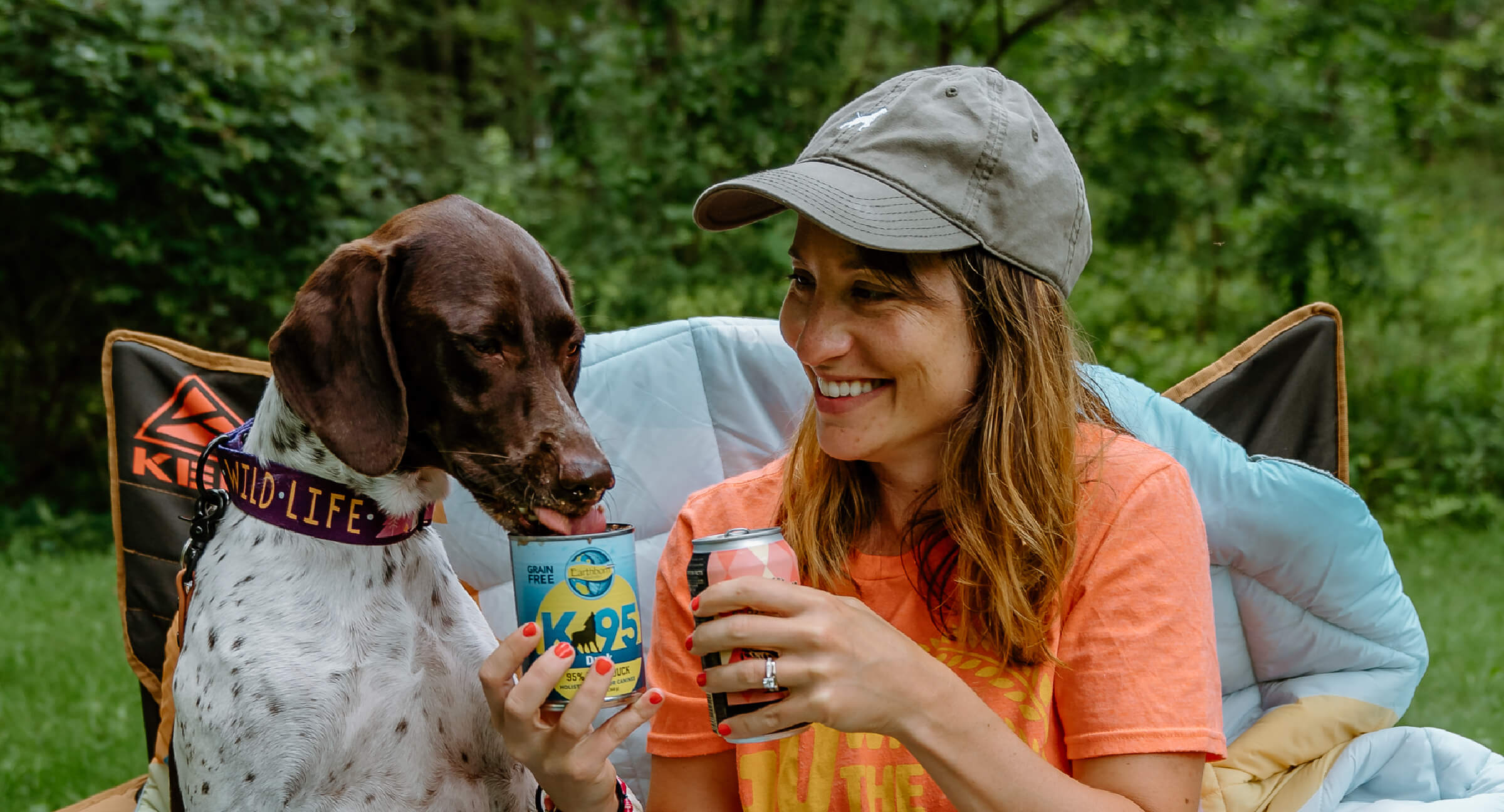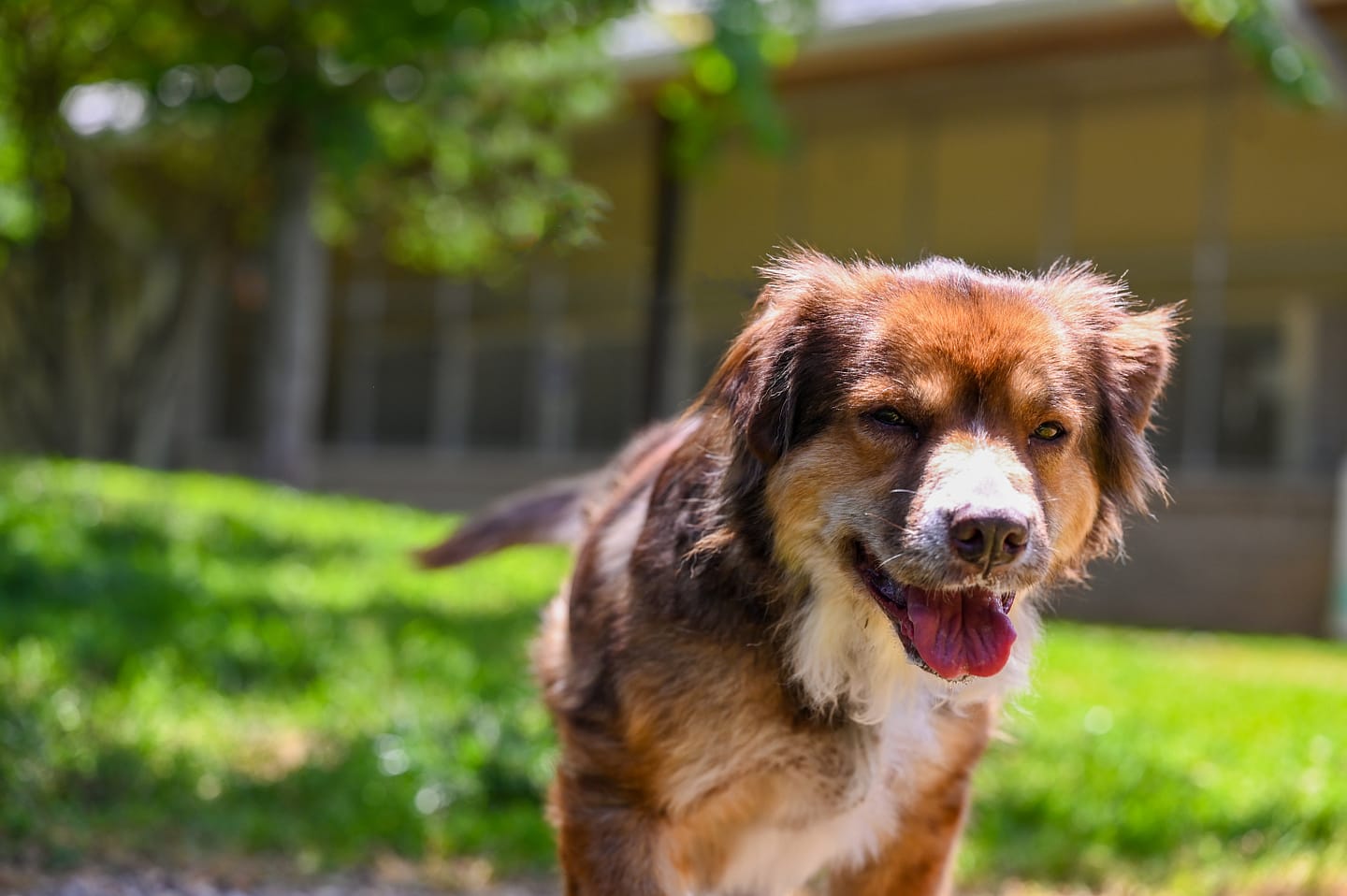Important Tips for Effective Dog Training: An Overview for Pet Dog Owners
Effective dog training is a complex process that requires a tactical technique tailored to both the family pet's temperament and the proprietor's purposes. Key components such as establishing constant commands, utilizing positive reinforcement, and promoting very early socializing play crucial functions in promoting a well-adjusted canine friend. Lots of family pet owners come across challenges that can impede development, leading to disappointment and uncertainty. Understanding how to navigate these challenges can considerably enhance the training experience, inevitably changing the partnership in between owner and canine. What are the essential methods that can be utilized to guarantee success in this undertaking?
Recognizing Dog Habits
Recognizing canine actions is important for reliable training and fostering an unified connection between pooches and their proprietors. dog training. Pet dogs communicate mostly via body language, articulations, and activities, making it vital for owners to interpret these signals accurately.

Socializing plays a substantial role in dog habits; exposure to various environments, people, and other animals can considerably impact a pet dog's character. In addition, factors such as type qualities and individual temperament should lead training methods, as some types may have specific behavioral characteristics that demand customized techniques. By recognizing these aspects, proprietors can create a helpful environment that encourages favorable behavior, causing effective training results and a much deeper bond with their pets.
Establishing Consistent Commands
Efficient interaction with your dog begins with establishing consistent commands. This fundamental aspect of training is crucial for fostering understanding between you and your animal. Consistency in the commands you make use of guarantees that your canine can dependably connect certain words or phrases with the desired actions.
When picking commands, choose clear, unique words that are simple to state and distinguish from one an additional. Stay clear of making use of similar-sounding commands that may confuse your canine. For example, making use of "sit" and "remain" is ideal, however "rest" and "hit" can lead to misunderstandings.
Furthermore, keep the very same tone and volume for every command. Canines are sensitive to vocal cues, so differing your tone can create confusion.
It is similarly essential to make certain that all relative are on the same web page regarding the commands used. A united front in command use will certainly avoid mixed signals and enhance the learning procedure.
Favorable Reinforcement Strategies
The power of favorable support in pet training lies in its capacity to motivate preferred habits with incentives and appreciation. This technique is based in the concept that habits followed by favorable end results are most likely to be duplicated. By incorporating favorable reinforcement right into your training program, you can effectively shape your pet dog's behavior in a positive manner.
To implement favorable reinforcement, it's vital to identify what inspires your dog, whether it be treats, playthings, or spoken praise. When your pet dog performs a preferred activity, such as resting on command, quickly reward them with a reward or love. This association in between the command and the favorable outcome enhances their home understanding.
It's crucial to timing the rewards appropriately; delivering the support within secs of the desired habits helps your pet dog make the link (dog training). Additionally, consistency is vital-- make certain that all relative utilize the very same commands and reward systems to avoid complication

Slowly, you can lower the frequency of treats as your pet dog finds out the actions, transitioning to praise or periodic incentives. This method not only promotes a solid bond in between you and your pet however additionally advertises a positive knowing atmosphere, making training a satisfying experience for both.
Socialization and Communication
Constantly revealing your canine to a range of settings, individuals, and various other pets is important for their social Read Full Report development. Socialization should begin early, preferably during the critical window of 3 to 14 weeks, when puppies are most receptive to brand-new experiences. Nonetheless, older dogs can also take advantage of ongoing socializing initiatives.
Present your dog to different setups, such as parks, pet-friendly shops, and city areas. This exposure helps them adapt to various stimulations, reducing anxiety and fear reactions. Motivate positive communications with various other canines and people, making sure that these encounters are regulated and safe to foster confidence.
Use structured playdates with genteel canines, as this can enhance your pet's social skills and teach them proper behavior. Obedience classes and training sessions additionally supply excellent possibilities for socialization, enabling your pet to engage with others in a monitored environment.
Screen your dog's body language throughout communications, as this will assist you determine their comfort degree. Slowly increase exposure to even more challenging circumstances while guaranteeing that each experience declares. A well-socialized pet dog is more probable to exhibit balanced behavior, making them a happiness to have in any type of setting.
Attending To Usual Training Challenges
Every pet dog proprietor will come across training obstacles at some time, no matter their pet dog's age or socializing degree. Identifying typical problems such as stubbornness, distractions, and terror can help in establishing efficient approaches for improvement.

Progressively present diversions as the pet dog comes to be extra proficient in More Bonuses commands. Short, constant training sessions are additionally efficient in preserving attention.
Fearfulness can hinder a dog's learning procedure. Steady desensitization to the source of concern, coupled with favorable reinforcement, can help reduce anxiety. Perseverance is important; never compel a pet into a circumstance that causes distress, as this might worsen the problem.
Ultimately, understanding and addressing these usual difficulties with a structured technique will foster an extra productive training experience, enhancing the bond in between pet dog and proprietor while promoting effective discovering.
Final Thought
In summary, successful pet dog training counts on an extensive understanding of canine actions, the establishment of regular commands, and the application of positive support techniques. Socializing plays a crucial function in developing well-adjusted animals, while dealing with usual training challenges calls for patience and versatility. By implementing these important strategies, family pet proprietors can promote a solid bond with their dogs and promote preferable actions, ultimately resulting in a harmonious relationship in between human beings and their canine buddies.
Understanding canine actions is important for reliable training and fostering a harmonious partnership in between canines and their owners.Socializing plays a considerable function in pet behavior; exposure to different atmospheres, individuals, and other pets can significantly affect a pet dog's personality.The power of favorable support in dog training lies in its capability to motivate preferred habits with incentives and appreciation. By including favorable support right into your training regimen, you can properly form your pet's actions in a positive fashion.
In recap, effective canine training depends on a detailed understanding of canine actions, the facility of constant commands, and the application of positive support techniques.
Comments on “Comprehending Dog Body Language During Dog Training”